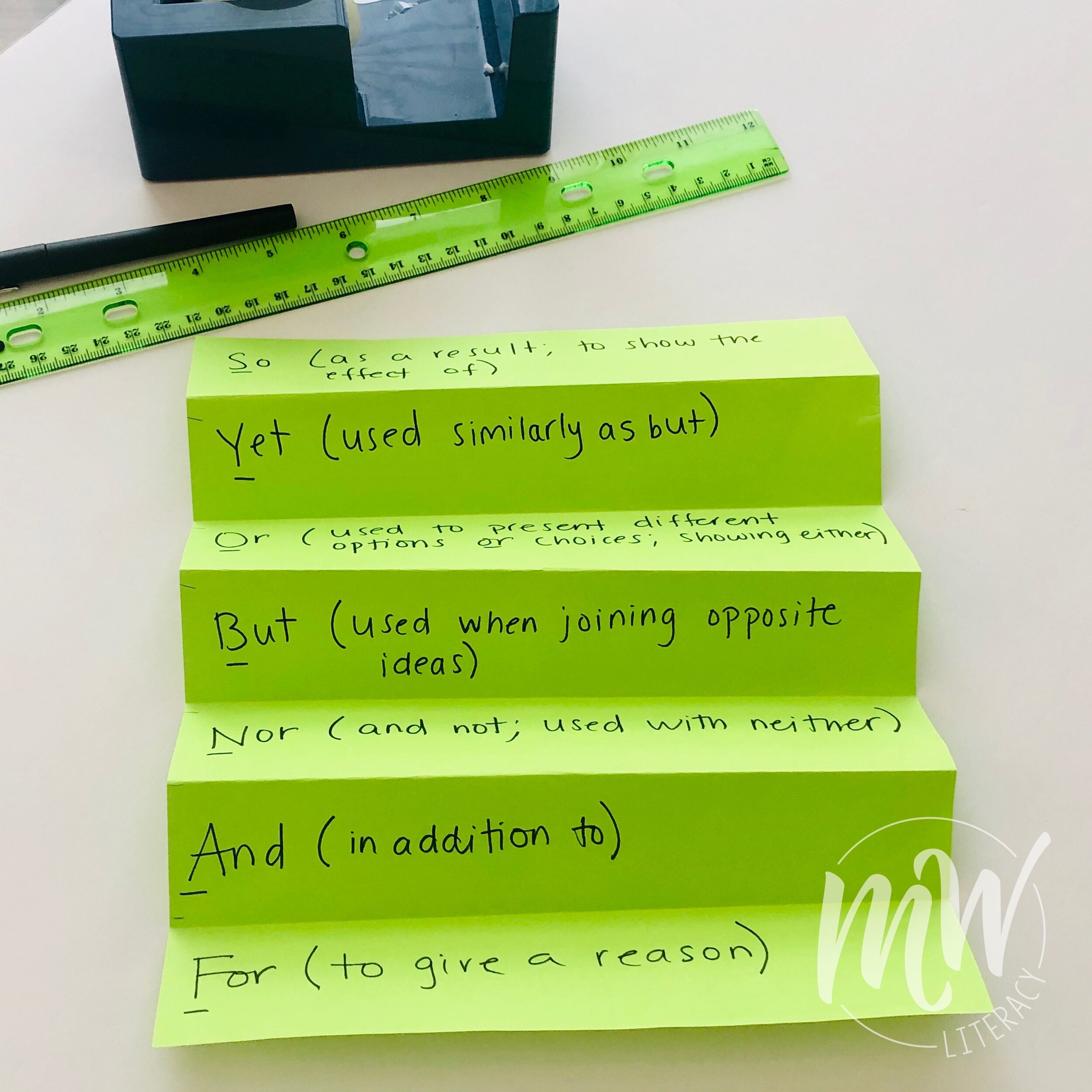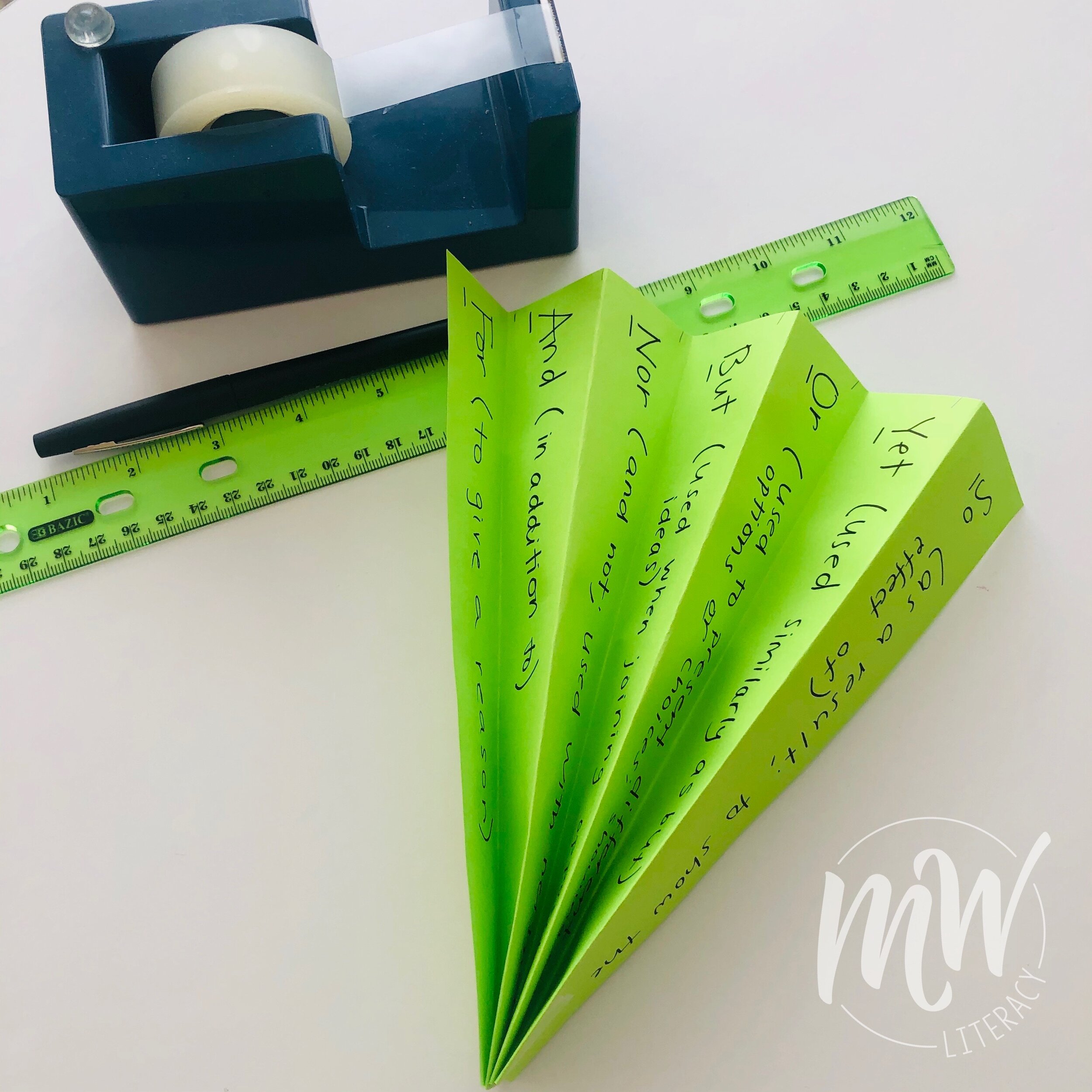(POST PART 1/3)
I’m often asked, “Why does it seem that my child can read well but struggles with spelling?” The short answer is that reading is a task that requires recognition, but spelling is one that requires production.
The best way for students to learn how to produce a written word is by teaching them about language so that words can be permanently stored in their long-term memories. Students learn best through knowledge of language, not rote memorization.
This means that we cannot supply students with lists we expect to be memorized. We must make learning about language an integral part of spelling instruction to maximize successful outcomes. Spelling instruction should be packed with many key components to grow strong spellers.
Here are three of the ten (the next six coming in upcoming posts) components I ensure to integrate into my spelling instruction.
Phoneme-grapheme correspondence
This means making sure that students can match a grapheme (one or more letters) with the sound it makes. For example, the short e sound can be represented by the grapheme “e” as in echo or the grapheme “ea” as in bread. An important part of phonemic-grapheme correspondence within spelling is the ability to segment a word or syllable into individual sounds and knowing that each of those sounds is represented by a grapheme. I often use this portable sound wall as a reference to support and discuss phoneme-grapheme relationships. Remember, a phoneme is a sound and a grapheme is one or more letters that represents that phoneme. Some sounds have only one representation while others have many more.
Syllable types
There are six syllable types: open, closed, magic E, r-controlled, vowel team / diphthong, and consonant + LE. Syllable types matter in spelling because students have to know that each syllable must have a written vowel. When segmenting the sounds of a word — or syllables of a multisyllabic word — it is helpful for students to think about the type of syllable they are writing to ensure the appropriate vowel placement. The word PURPLE is a prime example. If a student segments this word they have to think hard about the two syllable types in order to get the vowel placement accurately. In the first syllable, they will know it’s an r-controlled syllable type and the vowel will come before the R. For the second syllable, they recognize this as a c + le syllable type and know that the two syllables together spell PUR/PLE.
Rules and generalizations
The English language certainly has its share of rules and generalizations; however, when we explicitly teach them in a systematic and simplified way, they can aid enormously in one’s spelling ability. Some of these rules include each syllable having a vowel, when to use CK vs. K for a final /k/ sound, when to drop a final E, when to double a consonant, and the many hats worn by the silent finale E.



